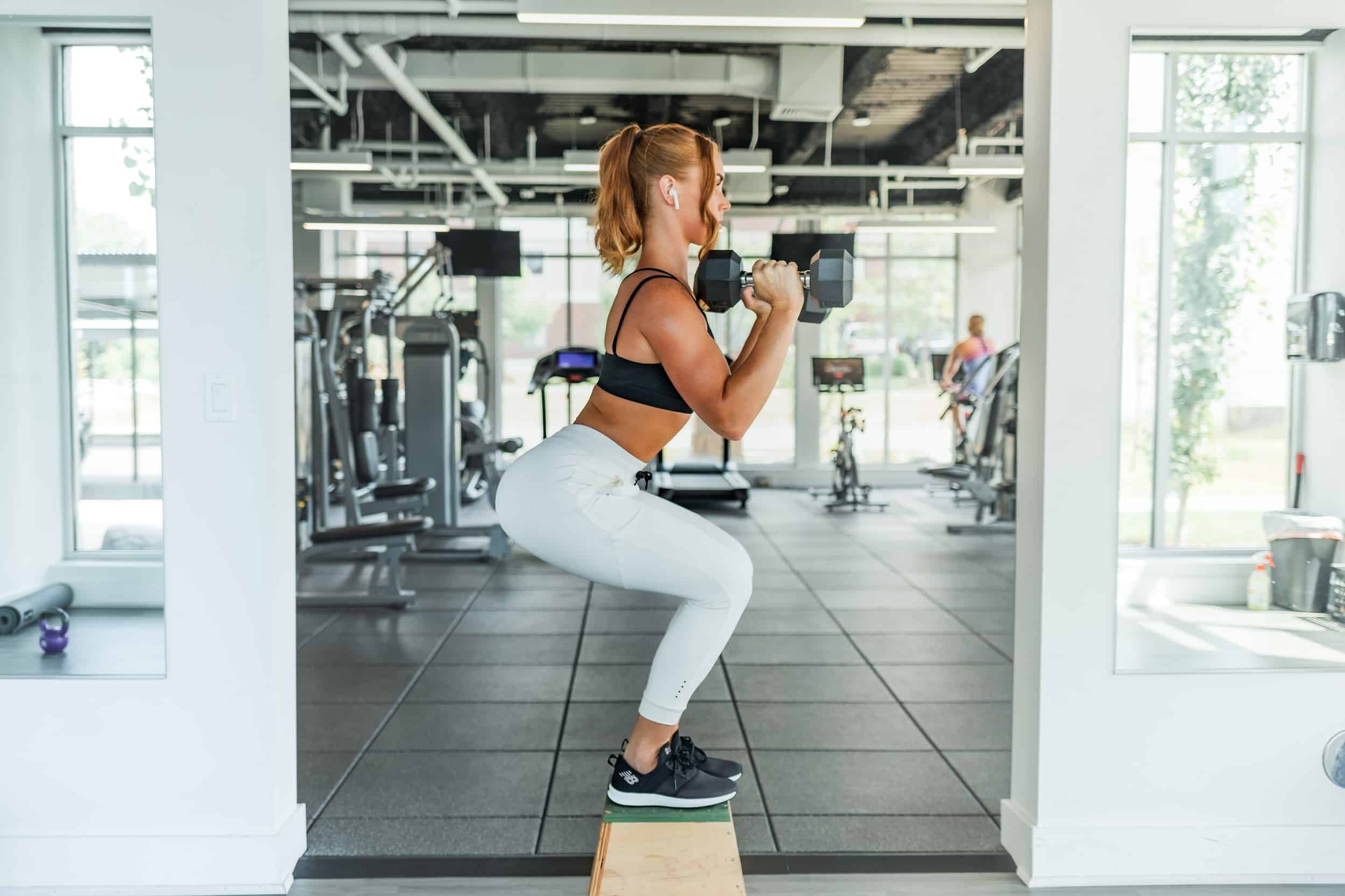A strong back is essential for overall health and well-being. Strengthening your back not only improves posture but also prevents common injuries that can arise from daily activities. Many people overlook back strength in their fitness routines, yet it plays a crucial role in supporting your body and enhancing performance in other exercises.
Understanding the basics of back anatomy and the factors that contribute to back issues can help you take informed steps. You can easily incorporate simple exercises into your daily routine to build strength and flexibility. Whether you are an athlete or just someone looking to stay active, focusing on your back can lead to significant benefits.
In this blog post, you will learn effective exercises and techniques to strengthen your back, along with tips to maintain back health for the long term. There’s no need for complex equipment; most exercises can be done at home. Let’s get back to basics and take charge of your back health.
Key Takeaways
- A strong back supports good posture and prevents injuries.
- Simple exercises can effectively enhance back strength and flexibility.
- Maintaining back health is key for long-term wellness.
Understanding Back Anatomy and Common Issues
Your back is made up of several muscles and structures that work together to support movement and maintain posture. Learning about back anatomy helps in identifying common issues, especially different types of pain, which can impact your daily activities and overall health.
Types of Back Pain and Their Causes
Back pain can vary in intensity and location. Some common types include:
- Lower Back Pain: This often comes from muscle strain or ligament injury. Poor posture during sitting or lifting can contribute to this pain.
- Upper Back Pain: Often related to tension in the upper muscles, like the trapezius. Stress and poor ergonomics at work typically cause this.
- Chronic Pain: If the pain lasts for more than three months, it may point to deeper issues such as herniated discs or arthritis.
Other contributing factors include weak core muscles, lack of flexibility, and previous injuries. Understanding these factors can guide you in preventing discomfort.
Key Muscle Groups for Back Strength
Several muscle groups are crucial for a strong back. These include:
- Latissimus Dorsi: The largest muscles in your back, helping with arm movements and stabilization.
- Trapezius: These muscles support head and shoulder movements and help keep the upper body aligned.
- Erector Spinae: A group of muscles that runs along your spine, these are essential for maintaining an upright posture.
Strengthening these muscles contributes to reducing back pain. Incorporating exercises that target these areas can enhance your stability and performance in daily tasks. Focus on maintaining a balanced program to build overall strength and flexibility.
Fundamentals of a Strong Back
A strong back relies on core strength, flexibility, and mobility. These elements work together to enhance your posture, stability, and overall back health.
Importance of Core Strength
Core strength is essential for a strong back because it stabilizes your spine. When your core is strong, you can maintain good posture, reducing strain on your back.
To strengthen your core, focus on exercises such as:
- Planks: Build endurance in your core muscles.
- Bridges: Target the glutes and lower back.
Your core supports your movements, helping to prevent injuries while lifting or bending. When you have a sturdy core, everyday activities become easier, and your back can handle more stress without pain.
Role of Flexibility and Mobility
Flexibility and mobility are key for a healthy back. They allow your muscles and joints to move freely, which is crucial for maintaining a proper range of motion in daily activities.
Incorporate stretches like:
- Cat-Cow stretch: Increases spine flexibility.
- Hamstring stretches: Relieve tension in the lower back.
Good flexibility can improve your posture and help you avoid stiffness and pain. You should also engage in activities that promote mobility, like yoga or dynamic warm-ups. By enhancing your flexibility and mobility, you can keep your back strong and resilient against injuries.


Back Strengthening Exercises and Techniques
Strengthening your back is crucial for good posture, reducing pain, and improving overall fitness. You can achieve this through bodyweight exercises and resistance training. Both methods help to build strength, flexibility, and endurance in your back muscles.
Bodyweight Exercises for Back Strength
Bodyweight exercises are effective and require no equipment. They can be done anywhere, making them convenient. Here are some key exercises:
- Bird Dog: Start on your hands and knees. Extend one arm forward and the opposite leg back. Hold for a few seconds and switch sides. This improves balance and stability.
- Superman Exercise: Lie face down, arms extended. Lift your arms, chest, and legs off the ground simultaneously. Hold briefly and lower. This strengthens the lower back.
- Bridge Exercise: Lie on your back with knees bent. Lift your hips to create a straight line from shoulders to knees. This targets the glutes and lower back.
- Side Plank: Lie on your side, propping yourself on one elbow. Raise your hips, keeping your body straight. Switch sides. This strengthens your obliques and back.
These exercises enhance core stability and can be easily included in your workout routine.
Resistance Training for Back Conditioning
Resistance training helps you build muscle strength using weights or bands. Here are effective options you can integrate:
- Bent-Over Row: Stand with feet shoulder-width apart, holding weights. Bend your knees slightly, hinge at your hips, and pull the weights toward your torso. This strengthens your upper back and shoulders.
- Deadlift: Stand with feet hip-width apart and grip a barbell. Keep your back straight as you lift the weight, engaging your legs. This exercise is excellent for overall back strength.
- Pull-Up/Pulldowns: Use a pull-up bar or cable machine. Pull your body up or the bar down toward your chest. These target the lats and improve upper body strength.
- Dumbbell Pullover: Lie on your back on a bench, holding a dumbbell above your chest. Slowly lower the weight behind your head and raise it back. This engages both the chest and back.
Incorporating resistance training into your routine will enhance back strength and support daily movements.
Maintaining a Healthy Back for Longevity
A healthy back is crucial for your overall well-being. You can take specific steps in your daily life to support and strengthen your back. Addressing back issues early, such as through physical therapy, can help prevent more serious problems later on.
Incorporating Back Health into Daily Routine
To maintain a healthy back, focus on improving your posture throughout your daily activities. Stand and sit up straight, aligning your ears over your shoulders. Use a chair that supports your lower back and take regular breaks to stretch when working for long periods.
Incorporate back strengthening exercises into your routine. Simple activities such as using resistance bands to perform overhead stretches or seated rows can build strength. Aim to dedicate at least 15 minutes a day to these exercises. Strengthening your back muscles will support your spine better, reducing the risk of injury.
You should also be mindful of how you lift objects. Bend at your knees and keep your back straight while lifting, which helps avoid strain. Prioritizing these practices can lead to pain relief and greater mobility over time.
When to Seek Physical Therapy
If you experience ongoing back pain or discomfort, consider consulting a physical therapist. They can assess your condition and recommend specific exercises to strengthen your back and improve flexibility.
Signs that it may be time to seek help include persistent pain, difficulty performing daily tasks, or aches that do not improve with rest. A therapist can teach you tailored exercises and provide guidance on proper ergonomics for your work environment.
Most importantly, seeking therapy early can prevent minor issues from becoming severe. You’ll gain knowledge on how to manage your back health, ensuring longevity in movement and activity without pain.
Frequently Asked Questions
In this section, you will find answers to common questions about strengthening your back. These responses will provide specific exercises, techniques, and routines to help improve your back strength and alleviate discomfort.
What are effective back strengthening exercises that can be done at home?
Some effective exercises you can do at home include bridges, bird-dogs, and superman lifts. These exercises target various back muscles and can be performed without special equipment. Aim for three sets of 10-15 repetitions for each exercise.
Which physiotherapy exercises are recommended for relieving lower back pain?
Physiotherapy exercises like pelvic tilts, knee-to-chest stretches, and cat-cow stretches can help relieve lower back pain. These movements focus on stretching and strengthening the lower back and surrounding muscles. Always consult a healthcare provider before starting a new exercise routine.
How can I safely perform lower back strengthening exercises?
To perform these exercises safely, always warm up beforehand. Use proper form and avoid any movements that cause pain. Start with lighter weights or body weight, and gradually increase intensity as your strength improves.
What techniques are available to loosen tight lower back muscles?
Techniques such as gentle stretching, foam rolling, and using heat therapy can help loosen tight lower back muscles. Incorporating yoga or Pilates into your routine can also promote flexibility in that area. Be sure to focus on relaxation and controlled movements.
Can you suggest a comprehensive workout routine for the full back?
A comprehensive back workout routine may include bent-over rows, deadlifts, and lat pulldowns. These exercises target the upper, middle, and lower back. Aim for two to three sessions per week, focusing on 8-12 repetitions for each exercise.
What are some gym exercises specifically geared towards back muscles?
In the gym, exercises like pull-ups, seated rows, and back extensions are great for targeting back muscles. Using various machines and free weights can help. Always adjust the weight to suit your skill level for the best results.





